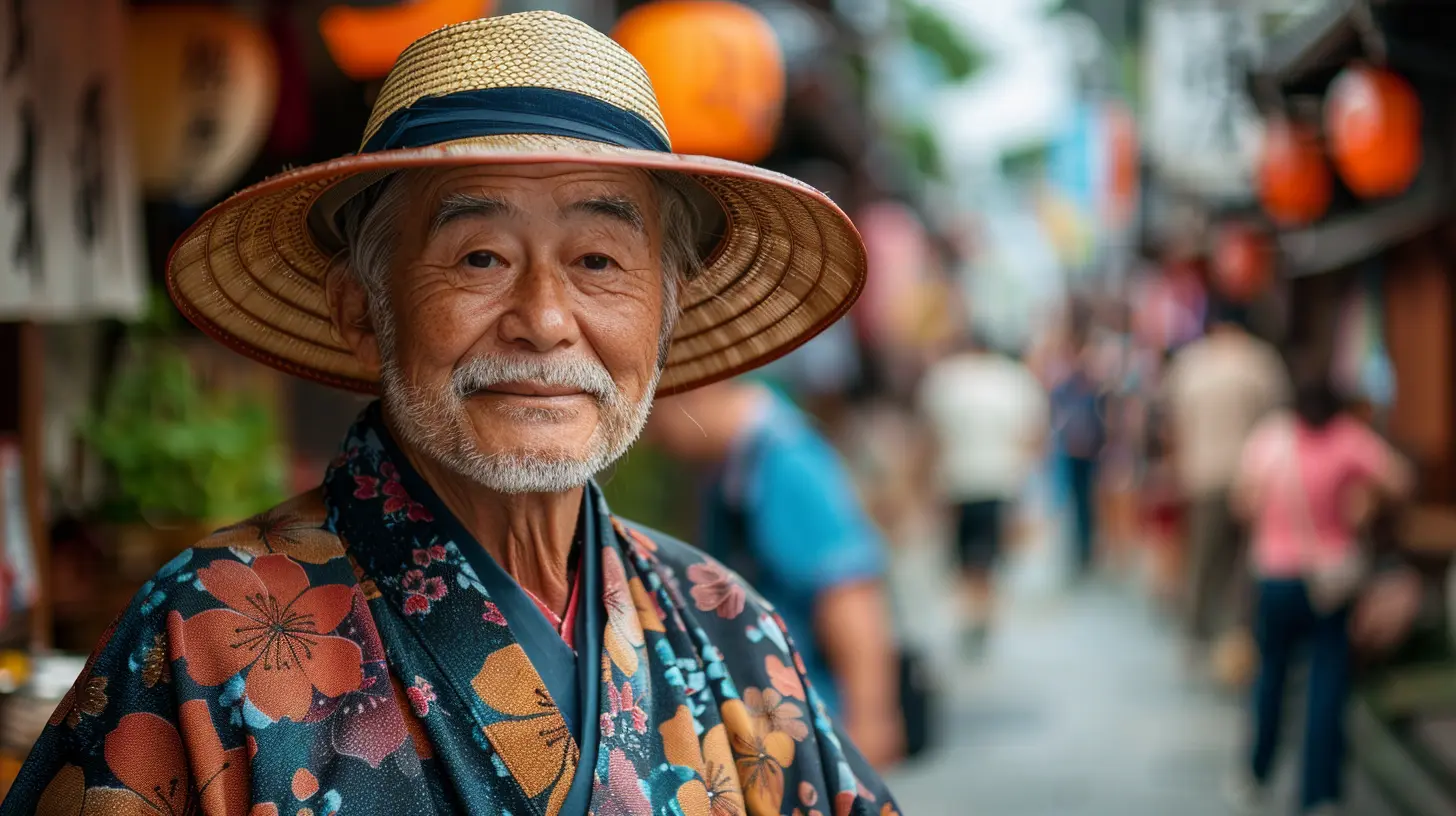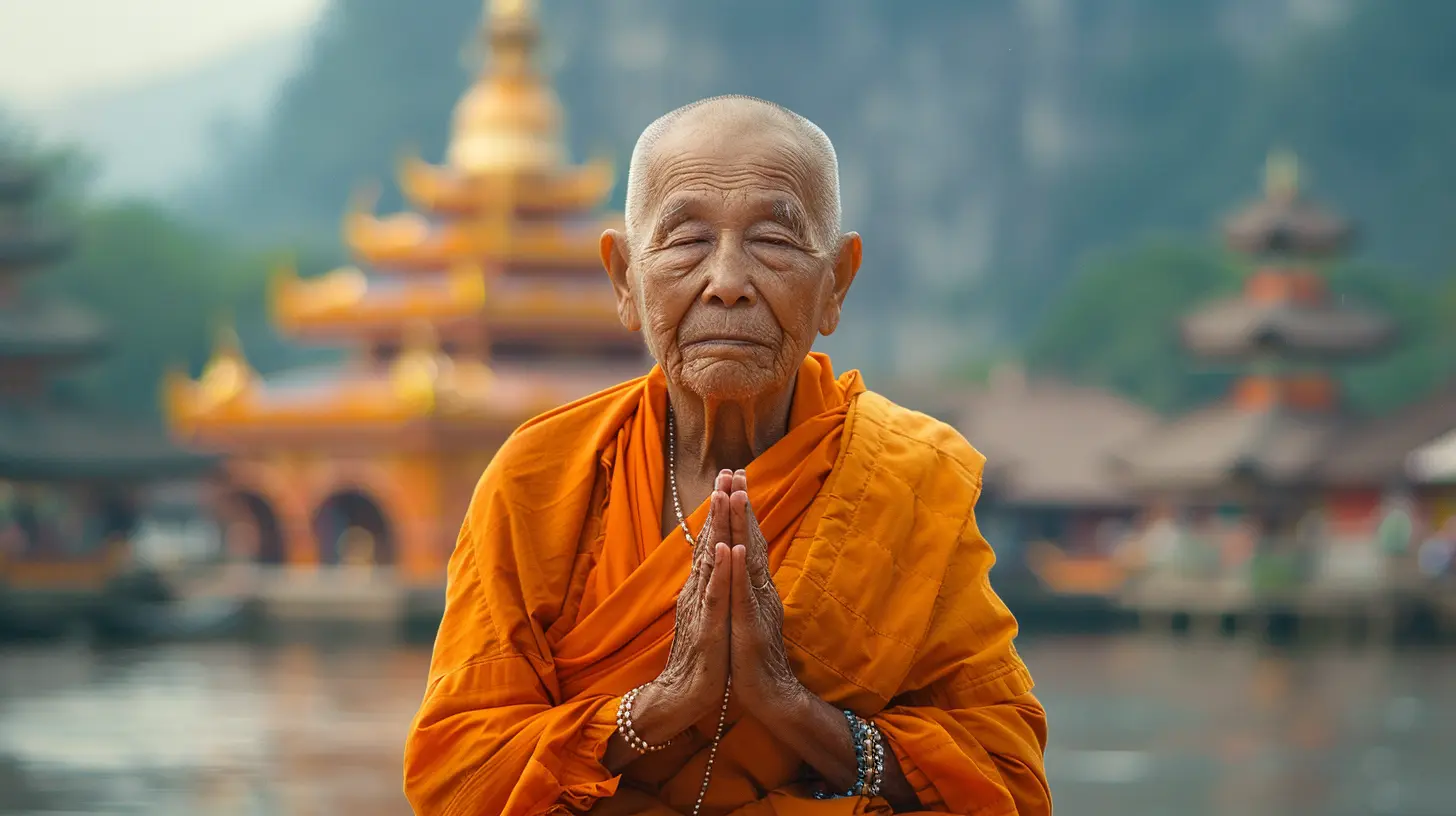The Language of Respect: Politeness in Asian Cultures
2 July 2025
Let’s get one thing straight—respect isn’t just a word in Asia; it’s a way of life. While the West may put a premium on individualism, most Asian cultures take pride in societal harmony, where politeness and respect reign supreme. It’s not just about saying “please” and “thank you”; it’s about bowing, using honorifics, avoiding eye contact (yes, really), and sometimes even saying “yes” when you mean “no.”
Sounds complicated? Trust me, it is. But don’t worry—I’ve got your back. Consider this your crash course on the intricate, sometimes baffling, always fascinating world of politeness in Asian cultures. 
What Respect Really Means in Asia
Respect in Asia isn’t just about being nice—it’s about maintaining harmony. People are deeply mindful of social hierarchies, age differences, and even the tone they use in conversations.While each country has its own unique customs, a common thread runs through them all: politeness is a tool for preserving relationships, avoiding conflict, and showing deep admiration for others. You’re not just being polite because your mom told you to—you’re doing it because it’s the social glue that keeps everything together. 
Bowing, Nods, and Hand Gestures: The Non-Verbal Respect Game
Think a handshake is universal? Think again! In many Asian countries, respect is often shown through physical gestures, and if you think you can just wing it, brace yourself for some awkward moments.Japan: The Art of Bowing
If bowing were an Olympic sport, Japan would take gold every time. Here, bowing isn’t just a casual greeting—it’s an entire language. A slight nod is for casual encounters, while a deep, long bow shows extreme respect. And don’t even think about rushing through it; that’s borderline offensive!Pro Tip: The lower you bow, the more respect you show. So if you ever find yourself in a business meeting in Japan, bend like Beckham.
Thailand: The Wai Gesture
Over in Thailand, bowing takes a different form—the wai. Hands pressed together in a prayer-like fashion, coupled with a slight bow, this gesture is a staple of Thai etiquette. You don’t just throw a wai at everyone though—it’s reserved for elders, monks, and superiors.Pro Tip: If someone gives you a wai, return it—unless you’re a monk or royalty. In that case, congrats, you’ve officially ranked top-tier in respect hierarchy!
India: The Namaste
In India, the polite greeting is namaste, done with hands together near the chest and a slight bow. This isn’t just a yoga thing—it’s a deeply rooted expression of respect, often used when greeting elders or in formal settings.Pro Tip: If you’re meeting someone older, do yourself a favor and throw in a “namaste”—instant brownie points! 
Honorifics and Titles: Because First Names Are a No-Go
If you’re used to calling people by their first names, pump the brakes. In much of Asia, that kind of informality is a disaster waiting to happen.China & Korea: Titles, Please!
In China and Korea, using someone’s first name when you’ve just met them? That’s like walking into a royal palace and high-fiving the king. Instead, people use family names + title (like Mr. Wang, Teacher Kim, or Director Lee).In Korea, adding -nim to someone’s title (e.g., seonsaengnim for teacher) gives it even more respect. And if you’re addressing someone older, be ready to throw in words like oppa, noona, hyung, or unni—complex? Yes. Necessary? Also yes.
The Philippines: Po and Opo Culture
In the Philippines, it’s all about po and opo—little words that pack a big politeness punch. Filipinos use these when speaking to elders or authority figures, making even a simple “yes” sound respectful.Example:
Without honorifics: “Gusto mo ba ng tubig?” (Do you want water?)
With honorifics: “Gusto niyo po ba ng tubig?” (Would you like some water, sir/ma’am?)
See the difference? One's casual, the other is dripping with respect. 
Silence Is Golden: The Power of Saying Nothing
In the West, silence can be uncomfortable. In Asia, it’s often a sign of respect.Japan & China: The Art of Not Interrupting
If you’re in Japan or China, avoid cutting people off mid-sentence. It’s rude, disruptive, and basically the conversational equivalent of stepping on someone’s foot. Instead, patience is key—let people finish their thoughts, take a moment to reflect, and then respond.India: The Power of a Respectful Pause
In India, silence is often a sign of deference, especially when speaking to elders or superiors. If you’re in a debate with an older relative, pausing before replying shows you’re carefully considering their words. It’s less about arguing and more about acknowledging wisdom.Agreeing When You Disagree? The Subtlety of Indirect Communication
Directness is not the name of the game in most Asian countries. If you’re expecting a straightforward “no,” you’re going to be waiting a long time.Japan: The Roundabout Way of Saying No
If a Japanese person says, “That might be difficult,” take a hint. That’s a polite way of saying, “Not happening.” Direct refusals are considered too harsh, so people opt for softer, more indirect wording.Thailand: The Famous Thai Smile
Ever heard of the “Thai smile”? Thais are known for smiling in all situations—including when they’re rejecting an idea. Just because someone is smiling doesn’t mean they’re agreeing with you. Context is everything!The Philippines: “Maybe” Means “No”
If you ask a Filipino friend, “Can we meet at 8 PM?” and they reply, “Let’s see” or “Maybe”, read between the lines—that’s probably a polite no. Filipinos, like many Asians, avoid outright rejection to prevent embarrassment or awkwardness.Dining Etiquette: Because Even Eating Has Unspoken Rules
Let’s talk about something truly important—food. Eating is a sacred ritual in many Asian cultures, and how you behave at the table can speak volumes about your level of respect.China: Never Stick Chopsticks in Rice
In China, sticking chopsticks upright in a bowl of rice is a huge no-no—it resembles incense sticks used during funerals. Unless you want to freak people out, place them neatly on the chopstick rest.Japan: Slurp Away!
If your Western upbringing taught you that slurping is rude, Japan missed the memo. Here, loudly slurping your noodles isn’t just acceptable—it’s encouraged! It shows you’re enjoying your meal, and what’s more respectful than that?India: Eat with Your Hands (But Only the Right One!)
In India, eating with your hands is common, but be mindful—only use your right hand. The left hand is considered unclean (historically used for personal hygiene).Final Thoughts: When in Doubt, Follow Their Lead
Navigating politeness in Asia can feel like learning an entirely new language—because, in a way, it is. But here’s the trick: observe and follow suit. Watch how locals behave, mimic their cues, and—above all—approach everything with genuine respect.Sure, you might slip up (we all do), but the effort speaks for itself. And in cultures where respect is everything, that effort goes a long, long way.
all images in this post were generated using AI tools
Category:
Cultural EtiquetteAuthor:

Reed McFadden
Discussion
rate this article
2 comments
Lyra McGarvey
This article beautifully highlights the importance of politeness in Asian cultures. Understanding local customs can greatly enhance travel experiences. It's essential for travelers to approach interactions with respect and openness, fostering deeper connections and enriching their journeys. Thank you for sharing!
November 8, 2025 at 5:28 PM

Reed McFadden
Thank you for your thoughtful comment! I'm glad you found the article insightful and appreciate the importance of respect in enhancing travel experiences.
Natalia McNeal
What a fascinating exploration! It's intriguing how language shapes respect in different cultures. I’m eager to learn more about specific customs and expressions across various Asian countries!
July 10, 2025 at 4:15 PM

Reed McFadden
Thank you! I'm glad you found it fascinating. Stay tuned for more insights into the diverse customs and expressions of respect in various Asian cultures!


